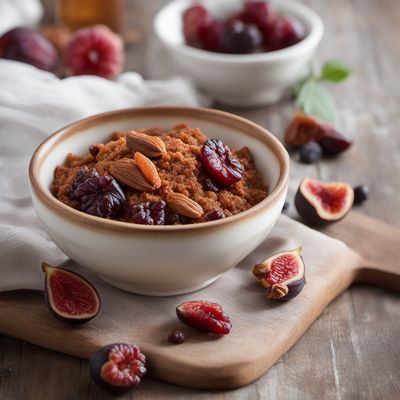
Dish
Certosino
Certosino is made with a mixture of almonds, walnuts, hazelnuts, and dried fruits such as figs, raisins, and apricots. The mixture is then combined with flour, sugar, eggs, and butter to create a dense and moist cake. Certosino is often flavored with spices such as cinnamon, nutmeg, and cloves, which give it a warm and festive flavor.
Origins and history
Certosino originated in the Emilia-Romagna region of Italy and has been a traditional Christmas cake for centuries. It was originally made by the Carthusian monks, who were known for their culinary skills. The name Certosino is derived from the word "certosa" which means "charterhouse" in Italian, which is where the Carthusian monks lived.
Dietary considerations
Certosino is not suitable for people with nut allergies as it contains a variety of nuts. It is also not suitable for people with gluten intolerance or celiac disease as it contains wheat flour.
Variations
There are many variations of Certosino that use different types of nuts and dried fruits. Some variations also use different spices such as cardamom or ginger.
Presentation and garnishing
Certosino is often decorated with a dusting of powdered sugar or a drizzle of chocolate. It is usually served in slices and can be garnished with a sprig of fresh mint or a slice of orange.
Tips & Tricks
To make Certosino, it is important to use high-quality nuts and dried fruits. It is also important to let the cake cool completely before slicing to ensure that it holds its shape. Certosino can be stored in an airtight container for up to a week.
Side-dishes
Certosino is often served with a cup of coffee or tea. It can also be served with a dollop of whipped cream or a scoop of vanilla ice cream.
Drink pairings
Certosino pairs well with a glass of sweet dessert wine such as Vin Santo or Moscato d'Asti. It can also be enjoyed with a cup of coffee or tea.
Delicious Certosino recipes
More dishes from this category... Browse all »
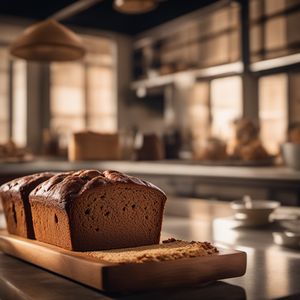
Amish Friendship Bread
American cuisine

Anello di Monaco
Italian cuisine

Aranygaluska
Hungarian cuisine

Babka
Polish cuisine
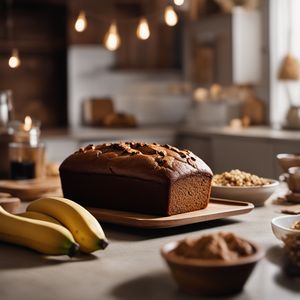
Banana Bread
American cuisine

Bara Brith
Welsh cuisine

Barmbrack
Irish cuisine

Bath Bun
English cuisine
More cuisines from this region... Browse all »
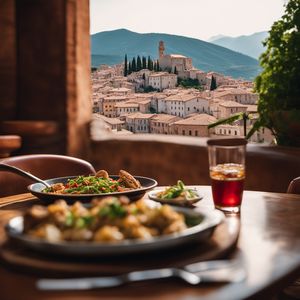
Abruzzese and Molisan cuisine
Savory, Earthy, Rustic, Hearty
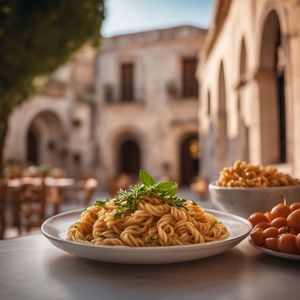
Apulian cuisine
Fresh, Savory, Rustic, Simple
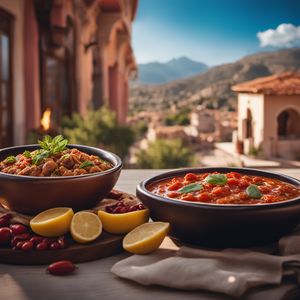
Arbëreshë cuisine
Savory, Tangy, Herbaceous, Spicy

Basilicatan (Lucanian) cuisine
Savory, Earthy, Rustic, Hearty
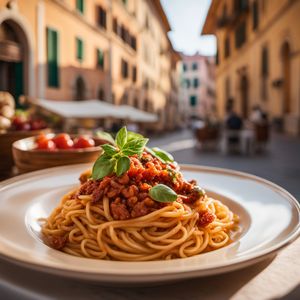
Ligurian cuisine
Light, Delicate, Herbaceous, Salty
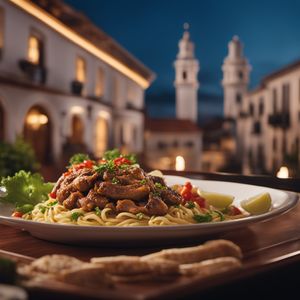
Lombard cuisine
Rich, Savory, Meaty, Cheesy

Neapolitan cuisine
Bold, Savory, Spicy, Tangy, Fresh
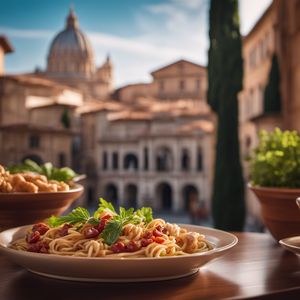
Roman cuisine
Fresh, Light, Herbaceous, Tangy, Savory
